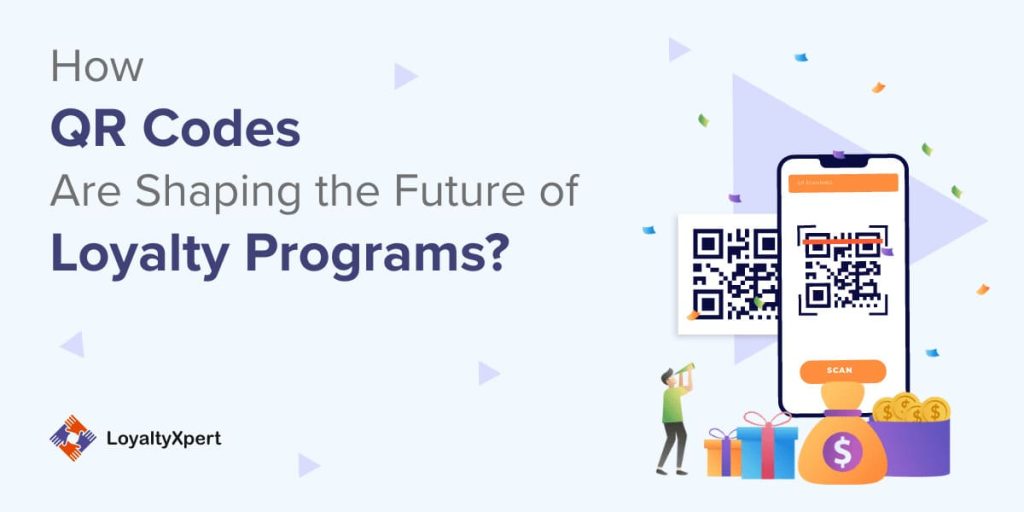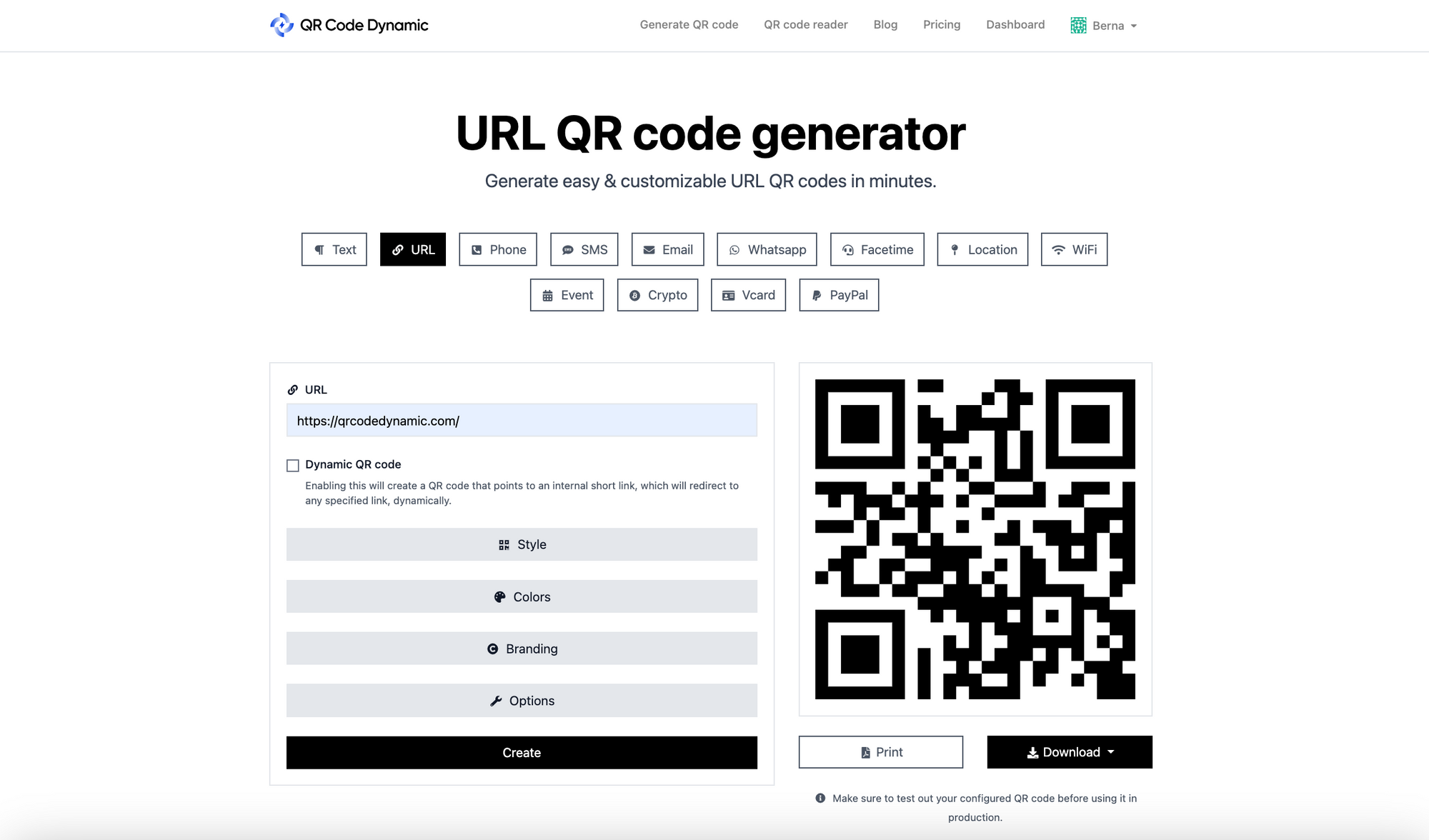Make The Most Of Involvement With a Reliable Commitment System Strategy
In today's competitive landscape, an effective commitment system technique is vital for optimizing consumer involvement. Businesses must prioritize a nuanced understanding of consumer preferences and emotional triggers, using information analytics to produce customized benefits.

Recognizing Consumer Needs
Comprehending customer requirements is extremely important for the success of any loyalty system approach. A detailed grasp of what drives customer behavior enables businesses to tailor their programs efficiently. This involves not only recognizing the choices and purchasing routines of consumers but also comprehending their emotional triggers and inspirations.
To achieve this, companies should utilize information analytics and client comments systems. Assessing purchase history, engagement patterns, and group details supplies important insights right into consumer choices. Additionally, direct comments through surveys or emphasis teams can illuminate particular needs and pain points that may not be obvious from transactional information alone.

Inevitably, a deep understanding of consumer requires fosters stronger partnerships, improves client satisfaction, and promotes retention. This foundational understanding enables organizations to develop commitment campaigns that resonate with their audience, thus driving interaction and motivating lasting brand loyalty.
Creating Award Structures
Developing reliable benefit frameworks is crucial for an effective loyalty system, as they directly influence customer involvement and retention. To develop an impactful benefit structure, organizations must straighten their offerings with client preferences and actions. This entails understanding the motivations behind client loyalty, such as discounts, exclusive deals, or experiential rewards.
A tiered incentive system can incentivize deeper client interaction by giving increasingly useful rewards as customers reach higher investing degrees. This motivates ongoing communication and grows a feeling of success amongst participants. Loyalty System. Additionally, using personalized incentives based upon specific acquisition history can boost the perceived worth of the commitment program, making customers really feel recognized and valued
Moreover, it is vital to make sure that the rewards are obtainable. They might disengage from the program completely if customers perceive rewards as too challenging to attain. Balancing possible objectives with aspirational benefits cultivates a favorable experience, encouraging constant involvement.
Utilizing Technology Effectively
As services significantly recognize the significance of commitment programs, properly using technology becomes extremely important to their success. Advanced information analytics devices allow business to collect and translate customer actions patterns, allowing the development of tailored marketing approaches that resonate with specific preferences. By leveraging consumer relationship administration (CRM) systems, organizations can track interactions and reward redemptions, guaranteeing a smooth experience for members.
Mobile applications play an important function in improving individual involvement by supplying simple access to commitment program details and incentives. These apps can help with real-time notices concerning promos, which encourages timely participation. In addition, integrating social networks systems into loyalty programs not only improves exposure however also cultivates area engagement, permitting consumers to share their rewards and experiences.
Furthermore, using expert system (AI) can automate consumer interactions, supplying customized suggestions and improving action times. This modern technology not only enhances the client experience yet likewise enables businesses to enhance their commitment methods based upon predictive understandings. Inevitably, the reliable usage of innovation in loyalty programs not just boosts customer fulfillment yet also drives lasting retention, making sure that businesses continue to be affordable in a swiftly developing market.
Communicating Worth Recommendations
Just how can services efficiently connect their worth proposals to boost client loyalty? To achieve this, organizations must first determine and express the unique benefits their loyalty programs provide. This calls for a clear understanding of client demands and choices, enabling businesses to tailor their messages as necessary.
Utilizing numerous communication channels is necessary. Email e-newsletters, social networks, and in-store signs can all work as systems to convey value propositions effectively. Uniformity in messaging across these channels reinforces the loyalty program's benefits and makes certain that consumers continue to be educated.
Additionally, storytelling can boost engagement by illustrating how the commitment program impacts clients' lives. Sharing testimonials or situation researches can produce a relatable narrative that resonates with potential and existing participants. Furthermore, companies must emphasize exclusivity and customization, showcasing exactly how loyalty members get to unique incentives or experiences that non-members do not receive.
Gauging Success and Feedback
While applying a loyalty program can be a substantial investment, determining its success and celebration client responses are vital actions that ensure its long-lasting performance. Establishing crucial efficiency indicators (KPIs) such as client retention prices, average deal worth, and program enrollment rates supplies a quantitative framework to analyze the program's impact. Furthermore, tracking interaction metrics like participation frequency and reward redemption rates can expose insights into client habits and complete satisfaction.
Using surveys, emphasis groups, and social media listening can aid collect qualitative information on consumer assumptions of the commitment program. Routinely evaluating this feedback guarantees the program remains straightened with client assumptions and preferences.
Furthermore, benchmarking against sector criteria enables a relative evaluation to assess the program's efficiency. By synthesizing both measurable and qualitative data, companies can make informed choices around required adjustments to improve the commitment program. Loyalty System. Ultimately, a durable dimension and feedback strategy not just demonstrates the program's value yet likewise fosters a you could try these out recurring discussion with clients, reinforcing their commitment and commitment to the brand name
Final Thought
An effective commitment system strategy needs a thorough understanding of client demands, the style of appealing benefit frameworks, and the skilled use technology. By plainly look what i found communicating worth propositions and continually gauging success with responses, services can create a dynamic setting that promotes customer interaction and commitment. Eventually, the assimilation of these elements improves customer satisfaction and drives sustained engagement, leading to long-lasting success and profitability in a competitive marketplace.
Producing reliable reward structures is crucial for a successful loyalty system, as they straight affect customer interaction and retention.A tiered reward system can incentivize much deeper consumer engagement by offering significantly valuable incentives as consumers reach higher costs degrees. In addition, supplying individualized incentives based on individual purchase history can improve the viewed worth of the commitment program, making customers feel understood and appreciated.
Furthermore, integrating social media systems right into commitment programs not just boosts visibility but also promotes neighborhood interaction, permitting clients to share their incentives and experiences.
Ultimately, the efficient usage of modern technology in loyalty useful content programs not only raises consumer satisfaction but also drives long-term retention, ensuring that businesses continue to be competitive in a quickly progressing market.